Mauricio Velasco
Graph neural networks and non-commuting operators
Nov 06, 2024
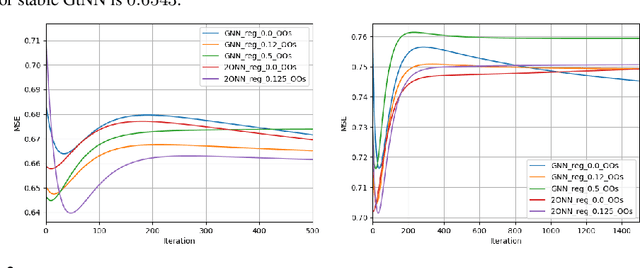
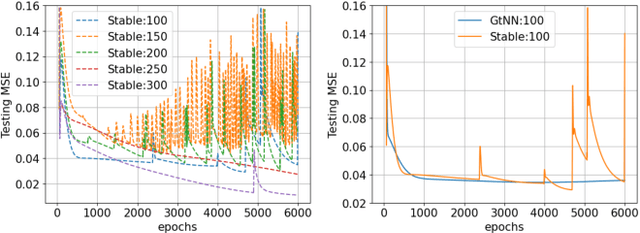
Abstract:Graph neural networks (GNNs) provide state-of-the-art results in a wide variety of tasks which typically involve predicting features at the vertices of a graph. They are built from layers of graph convolutions which serve as a powerful inductive bias for describing the flow of information among the vertices. Often, more than one data modality is available. This work considers a setting in which several graphs have the same vertex set and a common vertex-level learning task. This generalizes standard GNN models to GNNs with several graph operators that do not commute. We may call this model graph-tuple neural networks (GtNN). In this work, we develop the mathematical theory to address the stability and transferability of GtNNs using properties of non-commuting non-expansive operators. We develop a limit theory of graphon-tuple neural networks and use it to prove a universal transferability theorem that guarantees that all graph-tuple neural networks are transferable on convergent graph-tuple sequences. In particular, there is no non-transferable energy under the convergence we consider here. Our theoretical results extend well-known transferability theorems for GNNs to the case of several simultaneous graphs (GtNNs) and provide a strict improvement on what is currently known even in the GNN case. We illustrate our theoretical results with simple experiments on synthetic and real-world data. To this end, we derive a training procedure that provably enforces the stability of the resulting model.
Local angles and dimension estimation from data on manifolds
May 04, 2018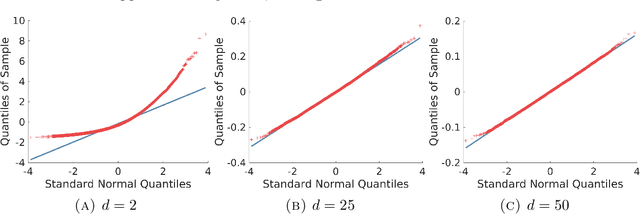
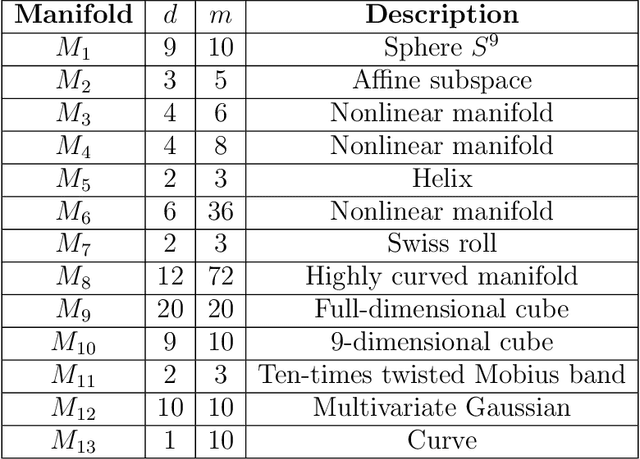
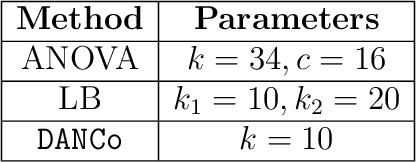

Abstract:For data living in a manifold $M\subseteq \mathbb{R}^m$ and a point $p\in M$ we consider a statistic $U_{k,n}$ which estimates the variance of the angle between pairs of vectors $X_i-p$ and $X_j-p$, for data points $X_i$, $X_j$, near $p$, and evaluate this statistic as a tool for estimation of the intrinsic dimension of $M$ at $p$. Consistency of the local dimension estimator is established and the asymptotic distribution of $U_{k,n}$ is found under minimal regularity assumptions. Performance of the proposed methodology is compared against state-of-the-art methods on simulated data.
 Add to Chrome
Add to Chrome Add to Firefox
Add to Firefox Add to Edge
Add to Edge